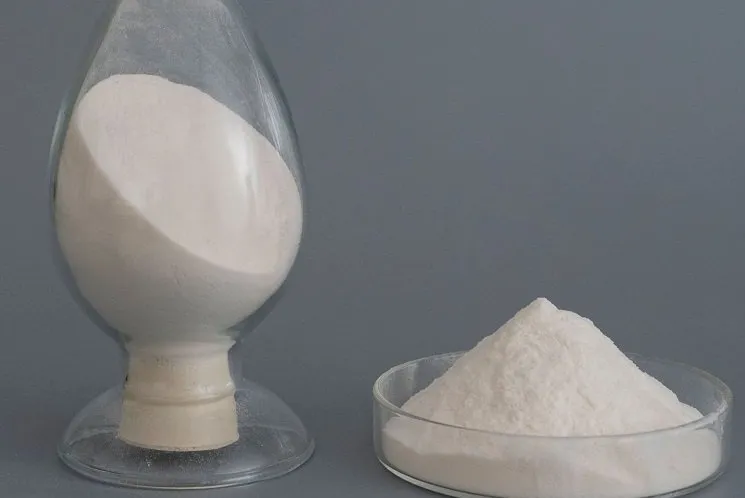
The Versatility of Hydroxypropyl and Hydroxyethyl Starches in Food and Medical Industries
In today’s food processing industry, modified starches have become indispensable for improving texture, stability, and shelf life. Among these, hydroxypropyl starch and hydroxypropyl phosphate stand out as key ingredients in enhancing food quality and performance under varied conditions.

Functional Benefits of Modified Starches in Food Applications
Hydroxypropyl starch is a chemically modified starch with improved resistance to heat, acid, and shear, making it ideal for use in sauces, soups, and frozen meals. It prevents syneresis (water separation), increases freeze-thaw stability, and enhances mouthfeel. As a result, hydroxypropyl starch food applications are common in ready-to-eat dishes and processed products where consistency and long-term freshness are essential.
Similarly, hydroxypropyl phosphate is another functional starch derivative used in food systems to further improve viscosity and suspension. It helps emulsify fat and water mixtures and provides excellent thermal stability. It’s especially useful in dairy, salad dressings, and low-fat processed foods where traditional starches might fail.
Both hydroxypropyl-based starches comply with food safety regulations in many countries and are regarded as safe additives when used within specified limits. They are also often preferred by manufacturers looking for cleaner labeling options and improved product performance under refrigeration or freezing.

Medical Applications of Hydroxyethyl Starch Derivatives
Beyond food, modified starches also serve critical roles in the medical field—particularly in fluid management and plasma volume expansion. One of the most well-known medical starches is hydroxyethyl starch (HES), a synthetic polymer derived from waxy maize starch.
Hydroxyethyl starch HES solutions are used in intravenous therapies to treat or prevent hypovolemia (low blood volume), especially during surgery or trauma. These solutions help maintain blood pressure and organ perfusion when patients experience blood loss or fluid imbalance. The modification process gives HES favorable colloidal properties, allowing it to remain in the circulatory system longer than other fluids.
A common clinical variation is 6 hydroxyethyl starch, referring to a concentration of 6% HES in the solution. This standard concentration is widely used due to its balance of efficacy and safety in expanding plasma volume. It’s particularly useful in critical care settings, where quick volume restoration is necessary.
While hydroxyethyl starch has proven benefits, it must be administered under strict medical supervision due to potential risks in certain patients, such as those with kidney issues or sepsis. However, when used appropriately, it remains a powerful tool in modern medicine.
FAQ
1、What is hydroxypropyl starch used for in food?
Hydroxypropyl starch food applications include soups, sauces, and frozen meals. It improves stability, texture, and freeze-thaw performance.
2、Is hydroxypropyl phosphate safe for consumption?
Yes, hydroxypropyl phosphate is considered safe for use in food at regulated levels and is often used to improve viscosity and suspension in dressings and dairy products.
3、How does hydroxyethyl starch work in the body?
Hydroxyethyl starch HES acts as a plasma volume expander, helping maintain blood pressure and circulation during fluid loss or surgery.
4、What is 6 hydroxyethyl starch?
6 hydroxyethyl starch refers to a 6% concentration of HES used in IV therapy for treating hypovolemia and shock in medical settings.
5、Are hydroxyethyl starch products safe?
Hydroxyethyl starch is generally safe when used under medical guidance. However, it may carry risks for certain patients, such as those with kidney dysfunction, and should be administered by healthcare professionals only.
6、Where can I source hydroxypropyl starch and hydroxyethyl starch?
These modified starches can be sourced from specialty chemical suppliers and pharmaceutical ingredient providers. Food-grade and medical-grade certifications are essential depending on the use.
From improving food texture and stability to saving lives in medical emergencies, modified starches like hydroxypropyl starch, hydroxypropyl phosphate, and hydroxyethyl starch HES are key to innovation across industries. Whether used as food additives or as intravenous solutions like 6 hydroxyethyl starch, these ingredients showcase the power of starch modification to meet the growing needs of modern life. With careful sourcing and application, both food and healthcare industries can benefit from their multifunctional properties.
-
Redispersible Polymer Powder: Types, Uses, and Market InsightsNewsJul.30,2025
-
Polyvinyl Alcohol: A Versatile Polymer for Construction and IndustryNewsJul.30,2025
-
Enhancing Construction Efficiency with PVA: A Versatile Material for Modern Building NeedsNewsJul.30,2025
-
Antifoaming Agents in Industry: Functions, Types, and ApplicationsNewsJul.30,2025
-
A Comprehensive Guide to Redispersible Polymer Powder and Its TypesNewsJul.30,2025





















